PrAACtical Groups: AAC Let’s Have a Weekly Social
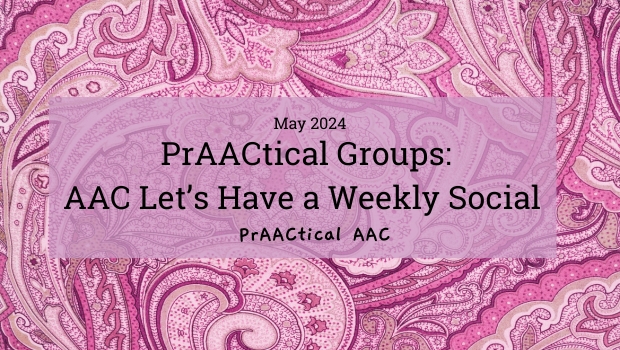
We’re excited to welcome back guest authors Marisa Portanova and Marnina Allis to extend the conversation about running AAC groups for children.
Enjoy!
::::::::::::::::::::::::::::::::::::::::::::::::::::::
PrAACtical AAC Groups Made Easy – Let’s Have a Weekly Social
Lions and tigers and AAC groups, OH MY! Group therapy can be intimidating. We have some tips, tricks and ideas we want to share to help you get started. Let’s jump in! So welcome back, and thanks for following along our AAC group’s journey with us.
Within Blythedale Children’s Hospital, we have a school program run in coordination with the Mount Pleasant Blythedale Union Free School District. These children come to school on a regular school calendar, including the extended school year 6-week summer session. Once we were doing groups with our verbal children, we decided to start groups for our AAC users. We wanted to model core language and target literacy, so we made these groups centered around books. We created core word cards using the AAC apps editing software for computers and started by introducing core words. Following a picture walk and reading the book, we did related activities, targeting the core words and the themes of the book. Being that groups happened only one time per week, we would carry out the themes and core words of the book over the course of a month. Besides group activities, there were carry-over activities for the child’s individual speech therapist to use over the course of the month, so all activities during speech therapy were related to the same core, words, theme, literacy activities, etc.
Activities included:
- Sensory activities
- Arts and crafts
- Music and movement
- Phonemic awareness
- Predictive chart writing
- Core picture scavenger hunts
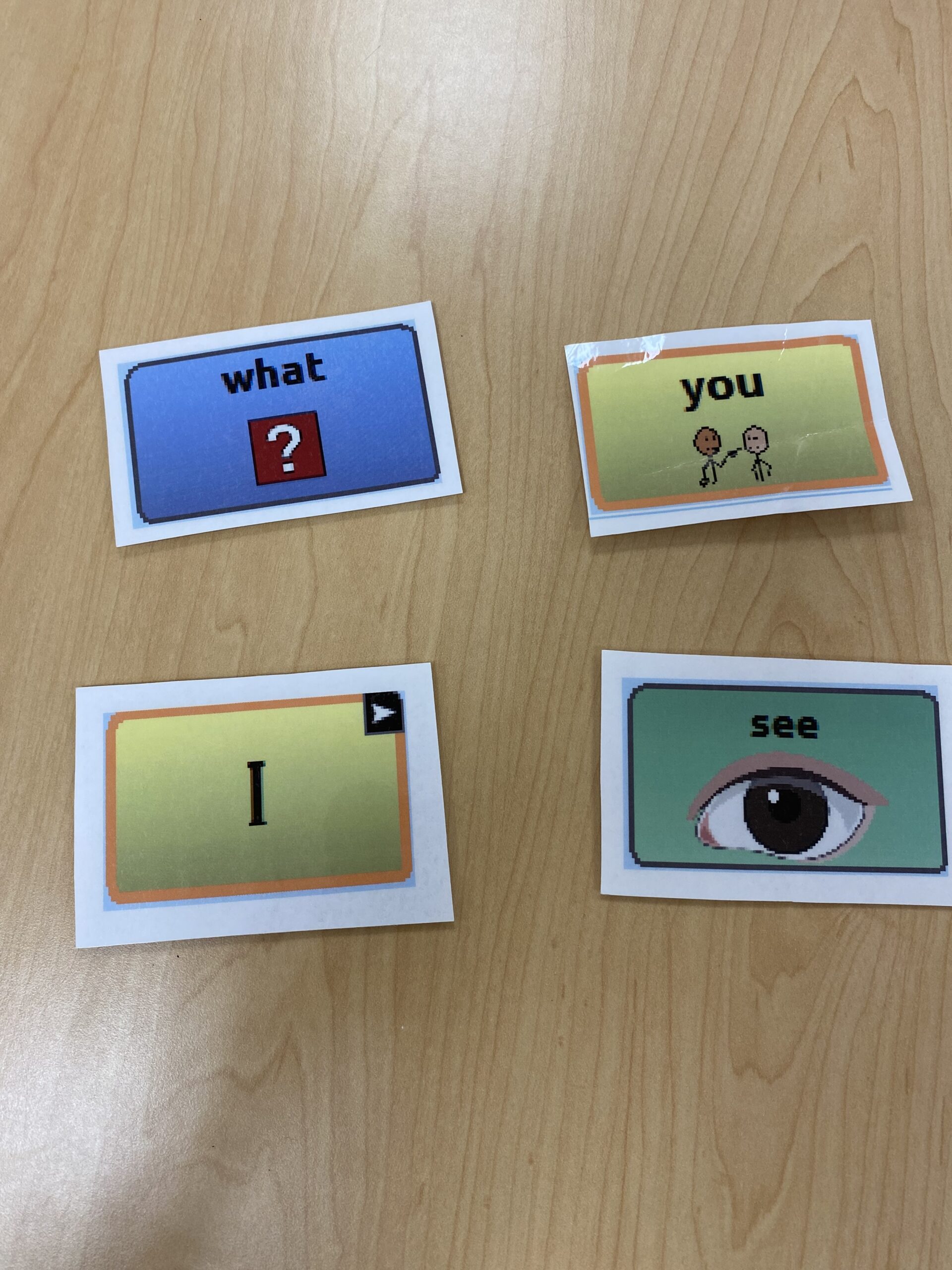
Of note, many of these activities can be combined. Who doesn’t love writing letters in shaving cream or lotion? Or finding core word pictures in a box of rice, beans or lentils? We also love getting Occupational Therapy and Physical Therapy involved to help us with sensory, fine or gross motor activities. And our music therapists definitely are better at singing than we are. But don’t let that stop you. you can do all this on your own. Don’t like to sing? There’s Youtube to the rescue. Any activity that isn’t up your alley can be done with the child’s speech therapist and you pick what works best for you and your group members. Make it easy and fun, because that’s how we all learn!
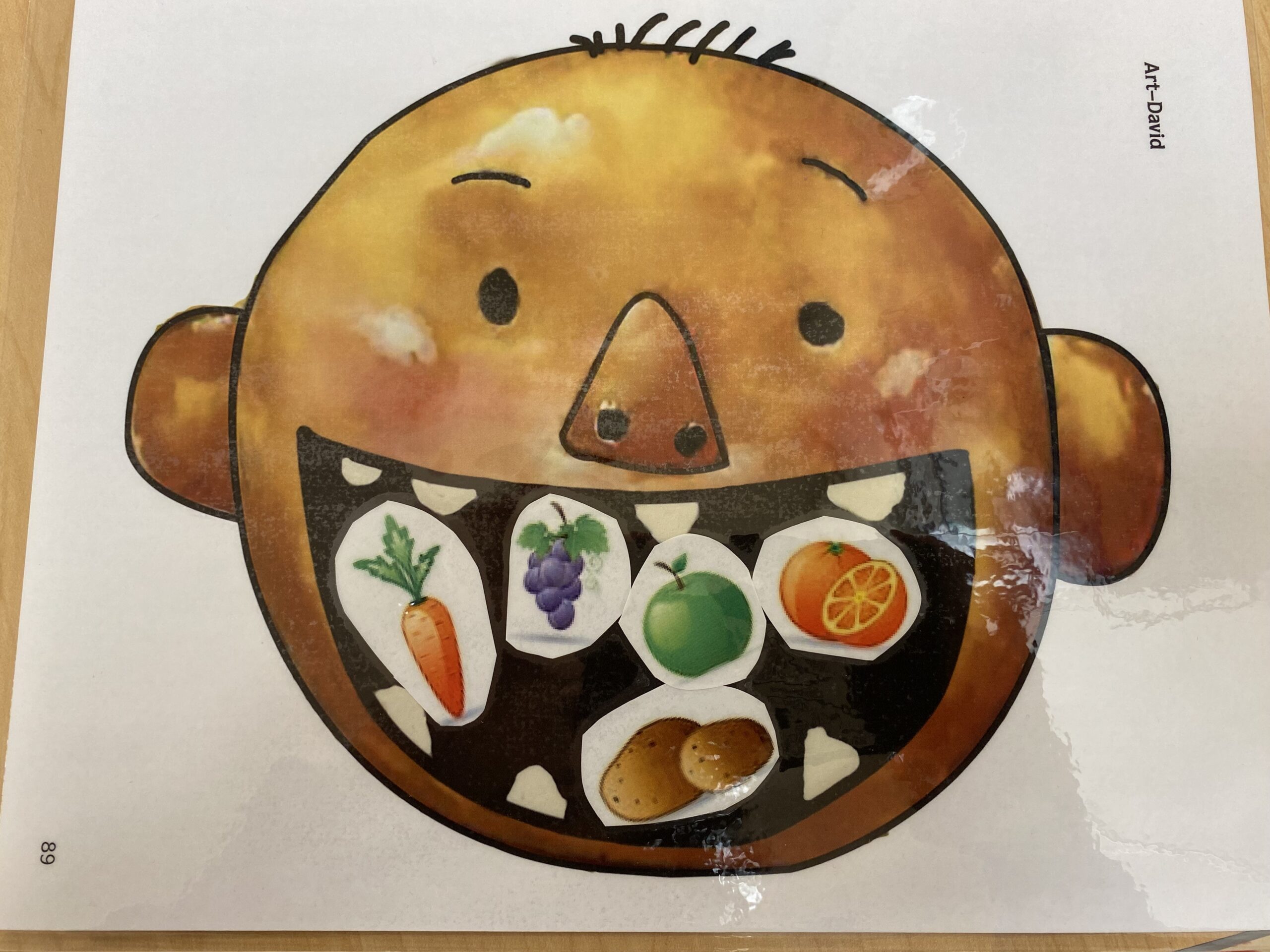
Credit – Tell Me Program – AAC in the Preschool Classroom, by Carole Zangari and Lori Wise
Once the core words were explored and a deep dive into the book was completed, we would then leave it up to the discretion of the kids, therapists, aids and nurses regarding which activity they wanted to do. It gave choice, giving empowerment and buy-in from all. Communication with teachers, family members and individual therapists was had throughout to enable carryover and continue practice.
Tune in next week to learn about how this carried over to a different style of groups – different but just as much fun with lots of opportunities for learning!
::::::::::::::::::::::::::::::::::::::::::::::::::::::
About the Guest Authors
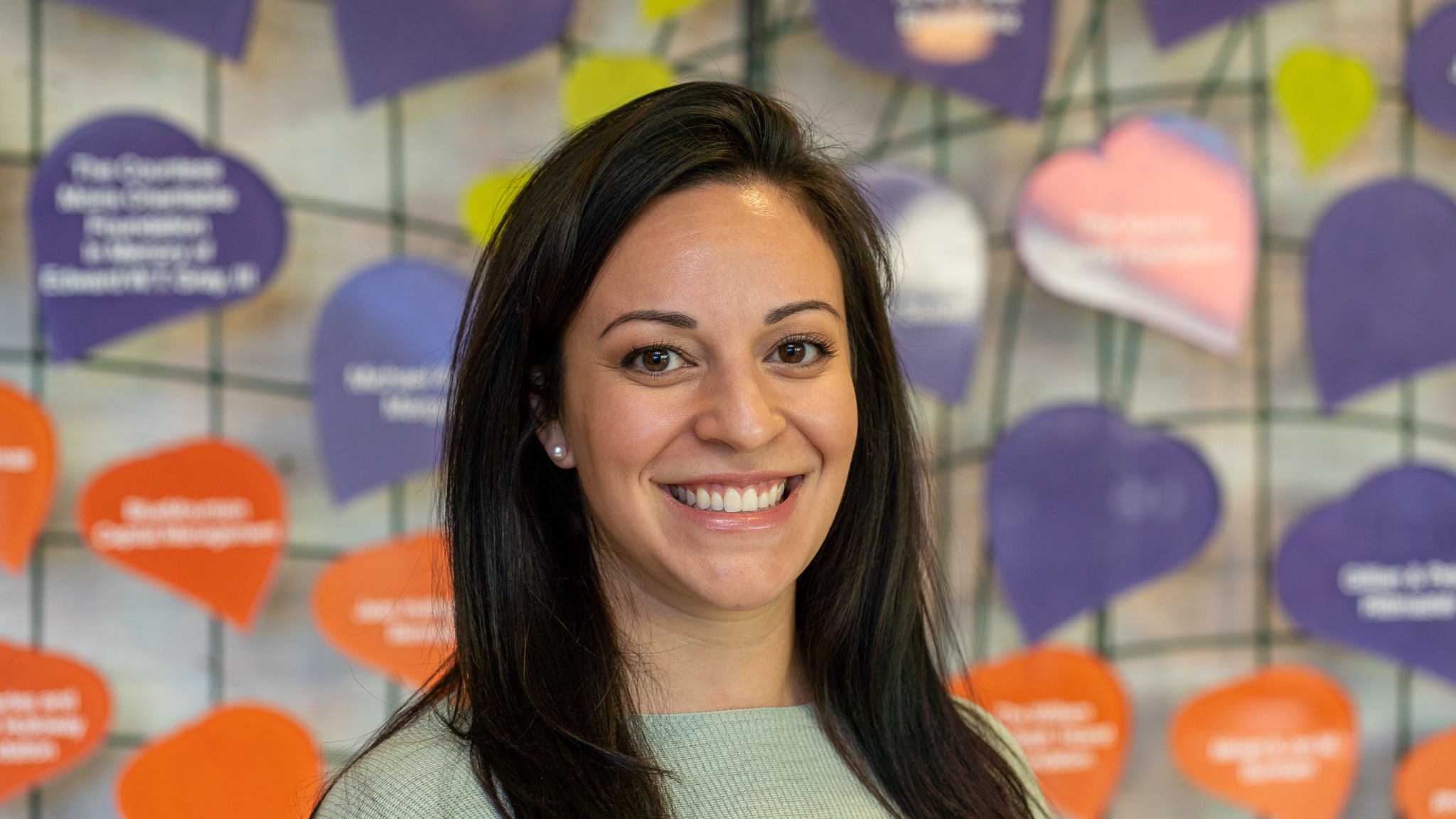 Marisa Portanova, MS, CCC-SLP, TSSLD is a Lead Clinician and a member of the Assistive Technology Core Team and Infant Feeding Evaluation Team at Blythedale Children’s Hospital. She started her career working with pediatrics in private practice, home care, and long-term care settings as well as providing services through CPSE and Early Intervention programs prior to joining Blythedale staff more than four years ago. Ms. Portanova earned her bachelor’s degree from the University of Delaware and master’s degree from New York Medical College.
Marisa Portanova, MS, CCC-SLP, TSSLD is a Lead Clinician and a member of the Assistive Technology Core Team and Infant Feeding Evaluation Team at Blythedale Children’s Hospital. She started her career working with pediatrics in private practice, home care, and long-term care settings as well as providing services through CPSE and Early Intervention programs prior to joining Blythedale staff more than four years ago. Ms. Portanova earned her bachelor’s degree from the University of Delaware and master’s degree from New York Medical College.
Ms. Portanova’s passion and area of specialty is Augmentative and Alternative Communication (AAC) as well as Infant Feeding. She participates in multidisciplinary Assistive Technology evaluation and treatment of children with varying needs. Ms. Portanova also provides training for Hospital and School staff in addition to families of children who are AAC users. Ms. Portanova works with families to obtain speech-generating devices and continues to support caregivers through ongoing education. She treats children with a variety of medical diagnoses, as well as speech, language, and feeding deficits in the Hospital’s Infant & Toddler, Pediatric, Adolescent, Day Hospital, and outpatient units, in addition to supporting the Hospital’s graduate student clinician rotation program.
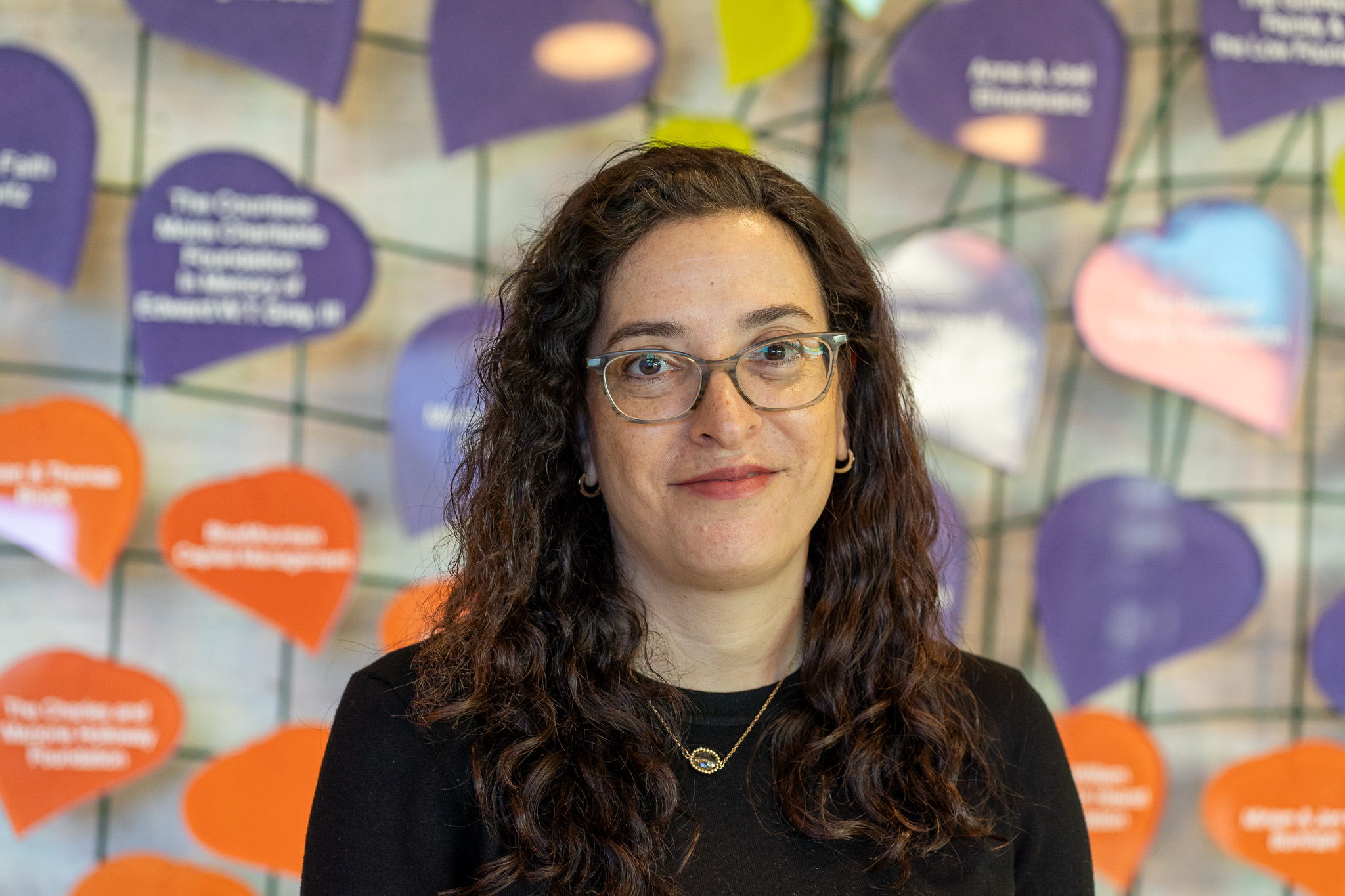 Marnina Allis, CCC-SLP, ATP, is the Assistant Director of Speech Pathology and a member of the Assistive Technology Core Team at Blythedale Children’s Hospital. She started her career in the New York City public school system, prior to joining Blythedale’s staff more than 20 years ago. Ms. Allis earned her bachelor’s degree from Stern College at Yeshiva University and master’s degree from Teacher’s College at Columbia University. She is certified by RESNA as an Assistive Technology Professional, and trained in Neuromuscular Developmental Treatment (NDT) and Language Acquisition Through Motor Planning (LAMP). Ms. Allis’ passion and area of specialty is Assistive Technology, specifically Augmentative and Alternative Communication. She participates in multidisciplinary Assistive Technology evaluations and treatment for children with varying needs. Ms. Allis also provides training for other department and Hospital staff, orders devices, and maintains relationships with a variety of Assistive Technology vendors. She treats children with a variety of medical diagnoses, as well as speech, language and feeding issues on the Hospital’s infant/toddler, pediatric, adolescent, day hospital and outpatient units.
Marnina Allis, CCC-SLP, ATP, is the Assistant Director of Speech Pathology and a member of the Assistive Technology Core Team at Blythedale Children’s Hospital. She started her career in the New York City public school system, prior to joining Blythedale’s staff more than 20 years ago. Ms. Allis earned her bachelor’s degree from Stern College at Yeshiva University and master’s degree from Teacher’s College at Columbia University. She is certified by RESNA as an Assistive Technology Professional, and trained in Neuromuscular Developmental Treatment (NDT) and Language Acquisition Through Motor Planning (LAMP). Ms. Allis’ passion and area of specialty is Assistive Technology, specifically Augmentative and Alternative Communication. She participates in multidisciplinary Assistive Technology evaluations and treatment for children with varying needs. Ms. Allis also provides training for other department and Hospital staff, orders devices, and maintains relationships with a variety of Assistive Technology vendors. She treats children with a variety of medical diagnoses, as well as speech, language and feeding issues on the Hospital’s infant/toddler, pediatric, adolescent, day hospital and outpatient units.
Filed under: PrAACtical Thinking
This post was written by Carole Zangari
